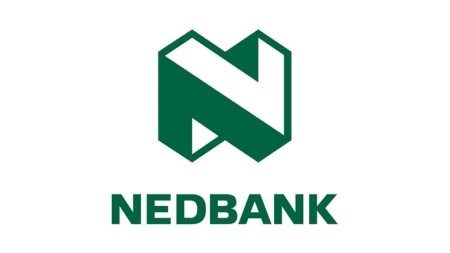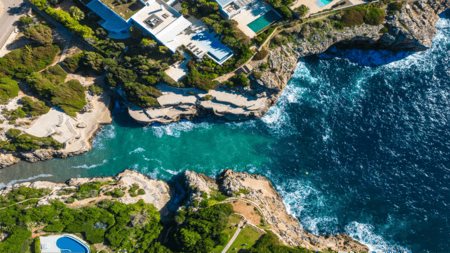I have not visited the Johannesburg Zoo since I was a child and had heard that it had experienced some difficulties in years gone by, so it came as a pleasant surprise to find a thriving, well maintained facility on a recent visit.
Situated in Parkview, the zoo covers an area measuring approximately 55 hectares. The land was gifted to the city in 1904 by the firm of the late Hermann Ekstein who played a pivotal role in the development of Johannesburg as a mining town. Up until fairly recently the zoo was run by the City of Johannesburg. It now operates as a corporation and is registered as a Section 21 non-profit organisation which no doubt has gone a long way towards it becoming a viable entity.
Visiting the zoo is an affordable affair. At present, children can visit for a mere R34 and adults are charged R55 per visit. Various other fees are in place for pensioners and school groups and those who visit the zoo regularly.
Children are arguably zoos greatest fans and the Johannesburg Zoo has catered to young ones, schools and families in general with aplomb. An amusement park complete with swings and rides has been established near the main entrance alongside which runs a farmyard populated by the more tame brethren of the animal world. Both areas were teeming with children in their element during my visit. The zoo also runs a number of programmes and events which encourage children to get involved with the zoo and the animals.
The original collection of animals housed at the zoo comprised one lion, one leopard, one giraffe, two Sable antelope bulls, one baboon, one genet, one pair of Rhesus monkeys, a pair of porcupines and a Golden Eagle. The animal population has fluctuated greatly over the years but is currently holding steady at 320 species totalling approximately 2000 animals. My personal favourites are the fat little Pygmy Hippos and porcupines which are just somehow not done justice on TV.
As is the nature of such establishments, the zoo has evolved over the years. However, far from paving over its past, the zoo has retained a few of its original enclosures such as the old elephant house, the old carnivore house and the enclosure in which the first polar bears were kept. Although interesting to view the old stone enclosures, it is simultaneously gratifying to know animals are no longer kept in them given their restrictive and unnatural confines. The call for larger and more natural enclosures was first voiced by the public in the 1960’s and the zoo has upgraded and improved its enclosures ever since.
Visitors to the zoo can meander along a number of beautiful, oak tree lined walkways which have been appropriately named after various animals. Those keen for a bite to eat can enjoy a meal at the local Café Fino situated alongside the imposing orang-utan and chimpanzee enclosure. The grounds in general and all of the enclosures I came across were well maintained, spacious and clean and featured informative signs outlining the details relating to the relative animals.
Sadly far too many of the animals at the zoo such as the Honey Badger are listed as ‘threatened’ or are on the endangered list like the Black Rhino. Some signs explain how the various animals are targeted for the fur trade and other nefarious purposes.
Protecting these animals from extinction through conservation and breeding programmes is one of the primary aims of zoos worldwide. The Johannesburg Zoo for instance is currently actively involved in conservation programmes relating to Wattled Cranes, Ground Hornbills, amphibians and chimpanzees. The zoo has also partnered with the Endangered Wildlife Trust on various projects and has enjoyed much success with their White Lion and Siberian Tiger breeding programmes.
Happily, in line with its pro-animal stance, the zoo is also making an effort to go ‘green’ through the use of solar power and recycling initiatives The zoo is open year-round and in addition to the many programmes, talks and events it hosts, people are welcome to come walk or jog around the grounds every second Sunday of each month. The zoo is also geared for business workshops and conferences.
It’s obvious the zoo plays an important role in the life of the city and it’s heart-warming to know that it is faring well. The zoo makes for a worthwhile visit and will hopefully continue to attract the crowds for many years to come.



